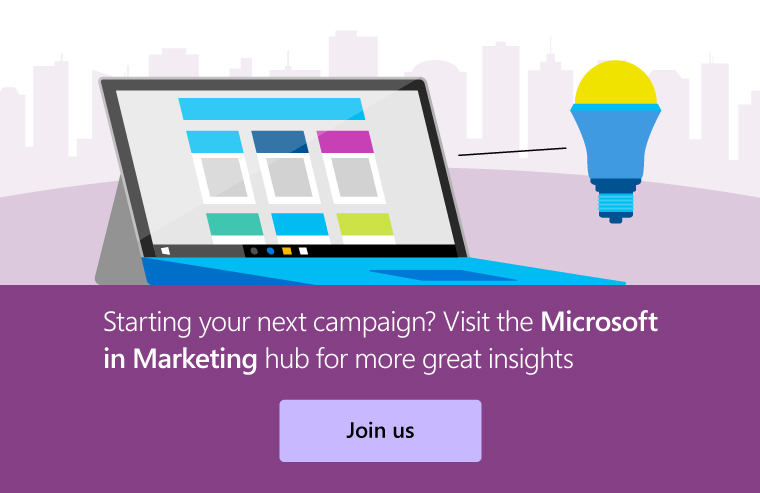
What is Content Marketing? Keys for Enterprise Content Creators
Traditional methods of reaching customers are no longer sustainable. The reality is that 86% of TV viewers skip commercials,1 and 90.5% of marketing emails are never opened.2 Customers now expect more from companies than ever before. They expect their entire interaction with a company to be engaging, insightful, and meaningful. Content marketing addresses those expectations by producing an experience, so when a customer makes the decision to buy, they have already engaged with your business in a way that allows them to understand more about it. Through a thoughtful stream of useful content, customers develop a deeper sense of trust in your brand than they do through traditional advertising.
Content marketing elevates demand generation from sales, and launches it into customer relationship cultivation. This approach allows businesses to build valuable narratives around their products and services. Content is information and communication specifically designed to increase customer engagement with a brand. It is the material that elicits a sense of eagerness to buy a product or interact with a business. Sometimes content is merely helpful, such as a quick “how to” video, while other times content lends itself to engaging storytelling to inspire customers to learn more about the brand or about its products and services.
Microsoft’s Real Stories of Digital Transformation walks consumers through an organization’s real-life adoption of new technology. Without leveraging content marketing, Microsoft could focus all of its marketing energy on product-centric advertising, such as full-page ads about how Azure is a ground-breaking, cloud-based platform, but that narrative mainly speaks to audiences that already know and trust Microsoft. Instead, we focus much of our energy on building compelling content to show how organizations are leveraging the power of Azure to transform digital infrastructures and drive innovation in their respective industries. One such story depicts how doctors in Los Angeles used Azure to guide doctors in Armenia through complex procedures to help prevent degenerative blindness in infants. This story allows our brand to be more human, accessible, and compelling to readers. It lets people in similar industries know what is possible with Microsoft, and lets them feel comfortable exploring the brand without a “hard sell.”
So, what methods are businesses using to optimize their content marketing strategies and disseminate valuable material?
Webpages
If marketing is putting product information on your company’s webpage, content marketing is building new websites to house valuable information that drives customers to interact with your brand. These contrast traditional webpages by offering experiential engagement as opposed to solely product-centric content. They might, for example, offer insightful depictions of how other customers are using a company’s product.
Let’s go back to the example of Microsoft’s Real Stories of Digital Transformation content hub. The webpage hosts a cache of content that allows customers to follow topics of interest and engage with Microsoft’s brand, learning about its products, and the industries they touch, through each experience.
Blogs
People live much of their lives online. Because of this, print is becoming less relevant. By producing blogs with compelling stories, you can reach your target audience in new ways. Whether it’s thought leadership articles that give objective insights on your industry, quick tips from an expert, or merely sharing a meaningful story, a regular stream of blog posts will create greater trust with your intended audience. We live in an information era. If your business is the one providing customers with insights on your industry, you can begin to shape the market around it.
E-books
Like blogs, e-books allow you to produce information on a particular subject of value and provide it to your customers. They can be a great tool to launch a content marketing campaign and drive customer engagement. They offer in-depth, downloadable information that customers can engage with from any device, anytime, anywhere.
E-books can also be leveraged as gated content. If a customer trusts your brand enough to download an entire e-book, you’ll want to capture their information. Requiring that information is a great way to drive lead generation and find out whether the right audiences are engaging with your content.
Infographics
Infographics give you the power of visual storytelling. They can be shared easily across a multitude of digital platforms, and give customers an instantaneous way of consuming information, which can drive more interaction and sharing.
Social Media
It’s no secret social media is shaping the way we connect and interact with each other. Therefore, it’s a great way to promote your business’ content, as well as create real-time experiences to drive engagement and build trust with customers.
Content marketing is all about understanding your target audience and reaching them with relevant and valuable information. It allows your business to be so much more than the products or services it sells. As a business, you should be looking to the future and deciding what kind of content you can develop to boost customer engagement. Put less emphasis on traditional methods of marketing and establish a nuanced approach to your strategy through content marketing. Be creative, tell stories, engage your customers through compelling and valuable content that allows them to experience your business, not just your product.
1 https://www.theguardian.com/media/2010/aug/24/tv-advertising
2 https://knowledgebase.constantcontact.com/articles/KnowledgeBase/5409-average-industry-rates





